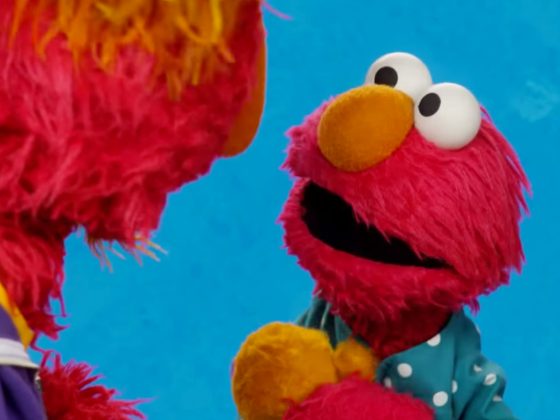
Talking About “Big Feelings”
Encourage kids to talk about their big feelings.
- Watch this video together (it’s best if you’ve watched all the other videos in this topic first) and then choose a comfort object, such as a stuffed animal or doll, for pretend play.
- Tell kids that this little friend is having some big feelings, like Elmo did in the video, and needs comforting. You might help children relate by explaining why the animal or doll is feeling that way, based on kids’ experience (“She’s feeling sad because she has to move to a different home and will miss her friends.”).
- Invite kids to think of ways to help, such as hugging the animal or doll, showing it how to breathe deeply, and telling it they’re here to talk and listen (demonstrate these strategies as needed). This will help children express empathy and compassion, and learn ways to comfort themselves and others.
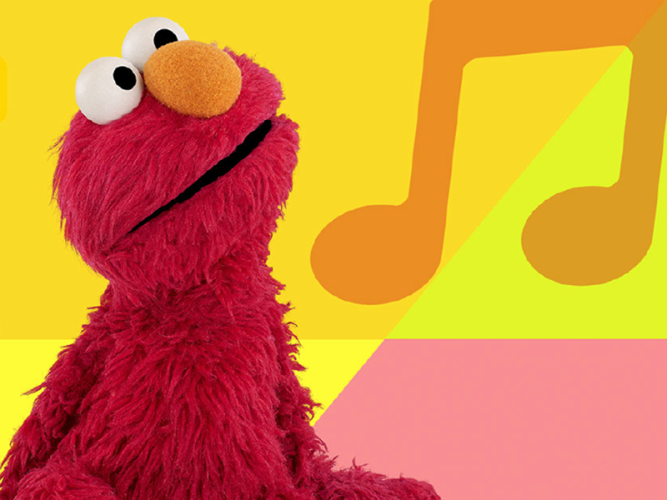
Mindful Monsters: Whole-Body Listening with Elmo
In this podcast, Elmo practices whole-body listening.
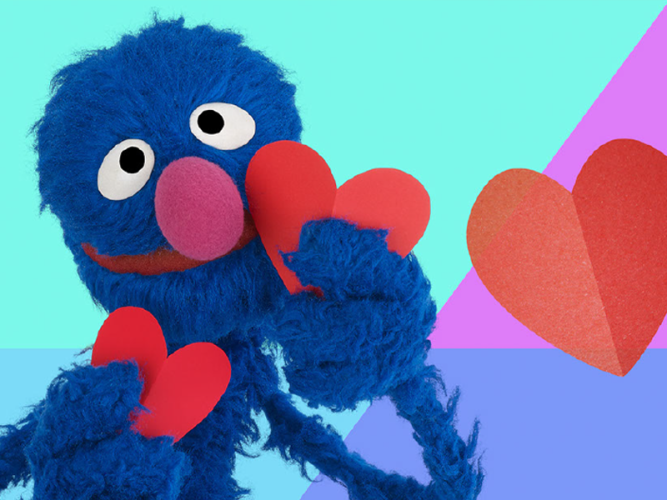
Mindful Monsters: Self-Love Mantras with Grover
In this podcast, Grover shares some mindful mantras.

Mindful Monsters: Look and Notice with Cookie Monster
Cookie Monster helps children practice mindfulness by looking and listening carefully to their surroundings.
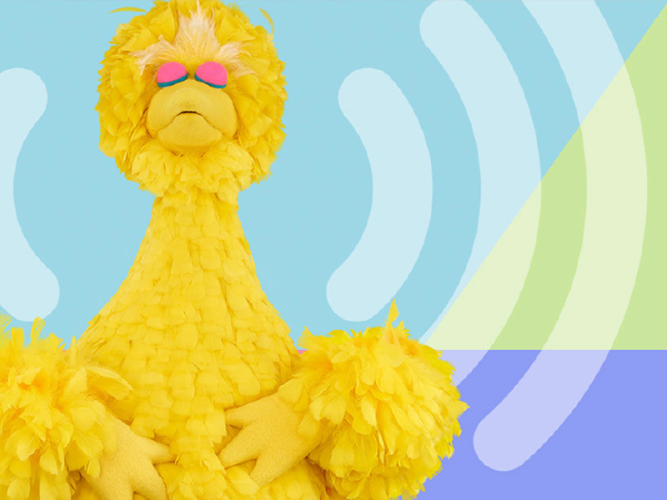
Mindful Monsters: Body Scan with Big Bird
In this podcast, Big Bird guides children through a mindful body scan.
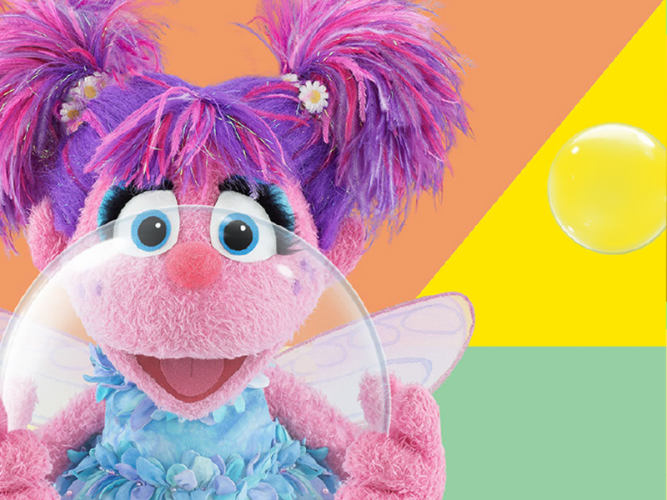
Mindful Monsters: Bubble Breathing with Abby Cadabby
In this podcast, Abby Cadabby guides children through a bubble breathing exercise.

Mindful Caregivers
Practicing mindfulness is a great way to slow down and reset.
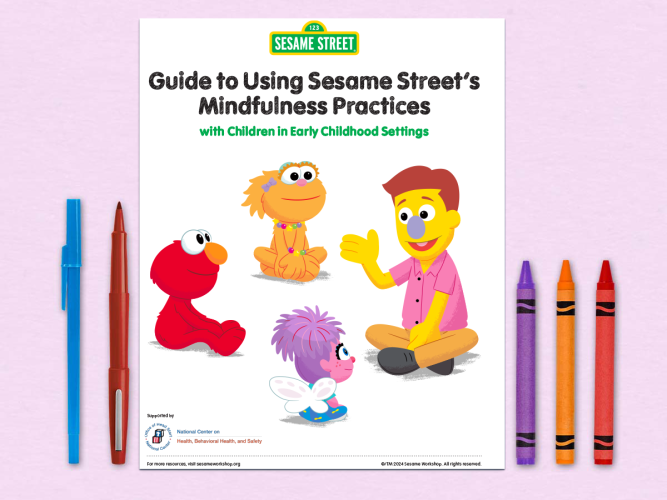
Mindful Monsters: A Podcast Guide to Peace
A guide with tips for using the Mindful Monsters Podcast Series.
